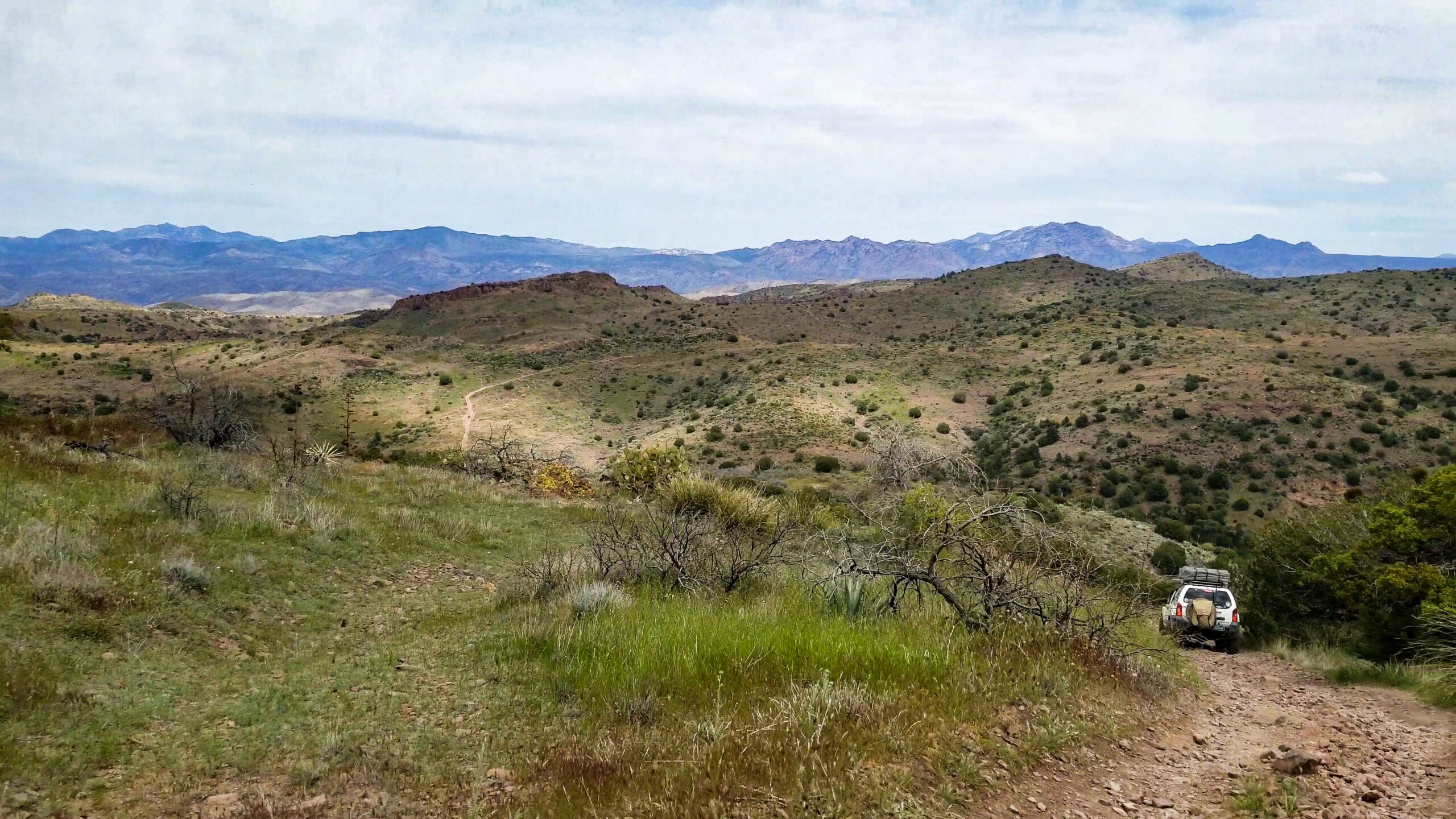Your cart is currently empty!
Posted in
On September 18, 2023, the Texas Agricultural Land Trust (TALT) announced a “Collaborative Initiative to Conserve 250,000 Acres in Five States.”
Along with the Playa Lakes Joint Venture, the Texas Parks and Wildlife Department, and four land trusts in Colorado, Nebraska, New Mexico and Kansas, these groups are attempting to place conservation easements on “more than 250,000 acres of vital grassland, benefiting wildlife and communities across the region.”
What sets this initiative apart is TALT’s explanation that they are pursing this initiative in part to “drive ecosystem system markets.” That is the new buzz word being incorporated into environmental organizations talking points as they position themselves to reap enormous financial gains from the establishment of “Natural Asset Companies (NACs).“
The Intrinsic Exchange Group and the New York Stock Exchange have been waiting on the Securities Exchange Commission (SEC) to issue “unique listing requirements” for these companies since September of 2021. October 4, the SEC issued a proposed rule approving their creation, and on cue, the environmental community is lining up to profit off of the air we breathe.
Specifically TALT states its goals as they “hope to foster best practices, drive ecosystem service markets, and perpetually safeguard the region’s natural treasurers.” They go on to explain how “TALT is pioneering additive conservation through ecosystem service markets. This innovative approach introduces novel tools and resources for landowners highlighting the value of working lands and compensating them for their invaluable contributions to society and nature.”
Conservation easements are one of the assets that can be enrolled into a NAC, without the landowner’s permission. Once enrolled, it appears the land trusts can “double dip.” They receive an investment return from their enrolled assets and may also receive compensation for the conservation services they provide the NAC.
When a land trust or government entity obtains a conservation easement on private property, they are conveying the development right in perpetuity. That means the landowner is permanently restricted from ever developing their land. That development right becomes the asset of the land trust listed on their balance sheet. These can be enrolled in a NAC. This alone can be worth millions of dollars to the land trust.
In contrast, the landowner who gave the conservation easement is left with numerous restrictions on their activities, while the value of their land is significantly reduced.
Landowners are often enticed to enroll in conservation easements because they believe doing so will keep their land in agriculture and prevent it from being developed. But that is not always the case. Any property can be condemned for a public purpose, with or without a conservation easement.
Land with conservation easements in perpetuity is included in the list of lands the Biden administration wants to permanently protect in its natural state. Eventually, this potentially means no human use.
Landowners should be cautions about signing up for conservation easements. With this new attempt to create an investment vehicle these easements can be enrolled in, it should raise even more concerns.
To learn more about conservation easements, download Conservation Easements or Servitude.
Tags:
You may also like…

Visit the AZBackroads.com Store

Please Become A Member
We need your help to keep our backroads open. Please join today!







